


Ururam Tururam
gamer level 7
19063 xp
19063 xp
followers
143
143
Use my invite URL to register (this will give me kudos)
https://boardgaming.com/register/?invited_by=urtur
profile badges




recent achievements

Paladin
Give 1000 hearts (loyalty points) to a single game
Give 1000 hearts (loyalty points) to a single game

Advanced Reviewer
Review 13 games and receive a total of 980 positive review ratings.
Review 13 games and receive a total of 980 positive review ratings.

Detective
Follow a total of 20 games
Follow a total of 20 games

Private eye
Follow a total of 10 games
Follow a total of 10 games
Player Stats
Critic (lvl 4)
2015 xp
2015 xp
Explorer (lvl 3)
1029 xp
1029 xp
Professor (lvl 4)
2321 xp
2321 xp
Reporter (lvl 3)
998 xp
998 xp
About Me
Ururam Tururam, the Experimenting Warlock. I play games since 1973 (OK, I was fairly young then). Top three games: Caylus, Arimaa, El Grande.





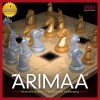







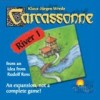



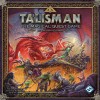
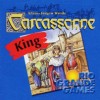
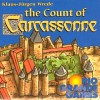










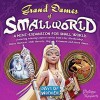



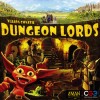
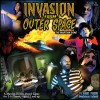
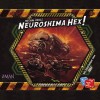



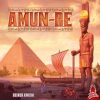


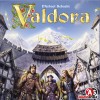
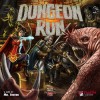

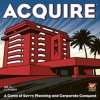








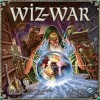



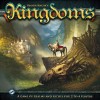

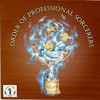




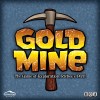











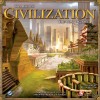






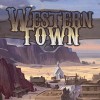
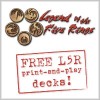






Ora & Labora
If you are a gamer you have probably already played Agricola or Le Havre or both. If you liked them you will most probably like Ora et Labora too. Mechanics-wise it is a similar game and it can be easily felt that it’s a work of the same designer, namely Uwe Rosenberg. In fact most of the things you encounter playing Ora et Labora are redesigns of older concepts. Even the “rondel” or “treadmill” governing the resources distribution, while looking brand new, is just a new way to apply quite a common mechanics of “+1 resource unit a turn”.
But why to change mechanics that worked very well in older games, there’s no need to alter the winning team… In fact adding a few new flavors (French and Irish, more about it later), another unusual theme, and a few new ideas can make together a very good game. A game that is – in my opinion – better than Agricola and Le Havre.
Running a medieval abbey theme combines well worker placement, limited resource management, area development, competition/cooperation dilemma, and growing possibilities. And all of that mixed together in a game that is quite easy to learn and comprehend. The process of learning is made easier by player-friendly components that are intuitive to use.
There are two variants in, as the action of the game can take place in France or Ireland. The variants are different, but once one of them is played there is no additional learning needed to switch to the second one. Unlike in Agricola where there is a “family” variant and a “full” one, here none of the variants is clearly easier. Adding such a variability to a game instead or releasing it for example as Irish-only and then adding the French version as an expansion is a welcome idea.
Ora et Labora leaves players with a great feeling of accomplishment at the end. Looking at the developed abbey, newly bought terrains, freshly constructed structures – one can sense that something noteworthy has been done. It can be felt here much better than in Agricola or Puerto Rico however not so immensely like in for example Through the Ages. But one should remember that at least two games of O&L can be completed during the time needed for one game of TtA!
Summing up – it’s a very good semimediumhalfheavyweight game. Surely worth a try.